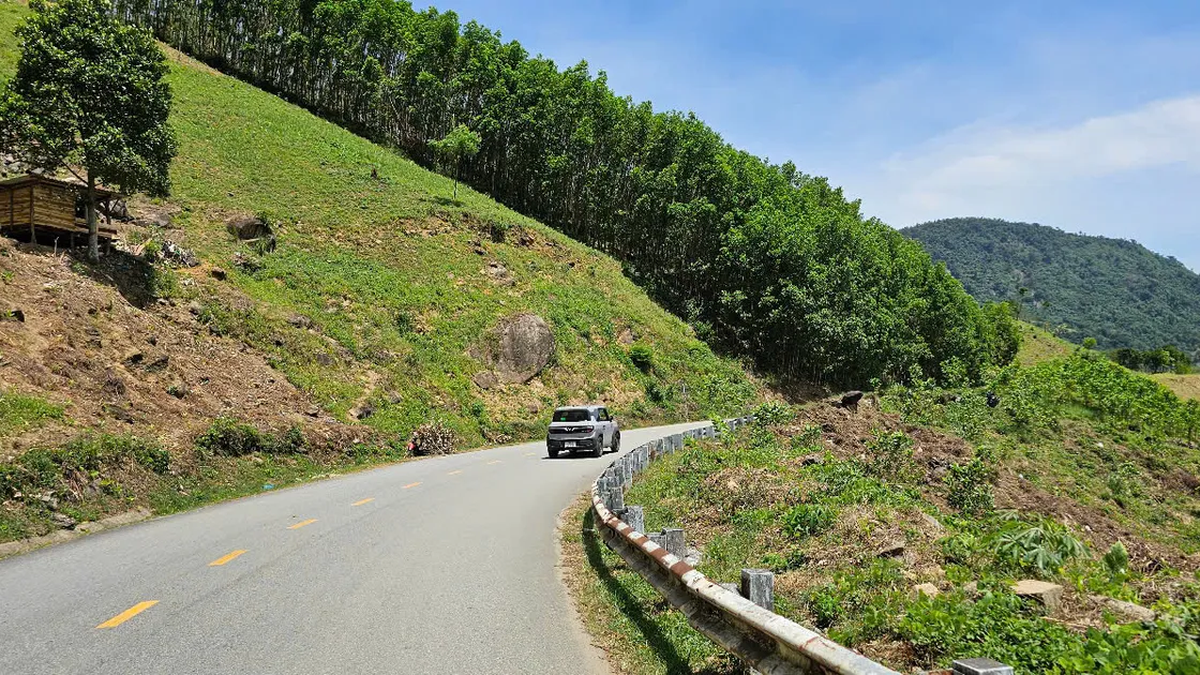A new archaeological discovery in southern China is attracting special attention from paleontologists : dinosaur footprints were found in the southernmost part of China, opening up new insights into the Mesozoic ecosystem on the southern coastal region of the country.
According to a study published in the journal Earth History and Biodiversity, during the construction of a high-speed railway in a village in Dongxing City, Guangxi Zhuang Autonomous Region in 2021, scientists found seven Theropod dinosaur footprints (two-legged carnivorous dinosaurs) imprinted on a 4-square-meter rock - clear traces of ancient "predators" that once roamed this coastal area.
Although some of the footprints were damaged during construction work at the site, the team was still able to identify two distinct types of footprints.
Specifically, type A are well-preserved footprints, longer than wide, belonging to a medium-sized Theropod species, about 3-4 meters long from head to tail.
Features include a strong middle toe, a V-shaped toe spread and a distinct heel mark - similar to footprints previously found in Chongqing, suggesting a link to agile predatory dinosaurs that lived in the Sichuan Basin.
Meanwhile, type B is fainter but reveals the presence of a large carnivore, possibly over 6 meters long, most likely belonging to the Allosaurid or Megalosaurid family - the real "masters" of the Middle-Late Jurassic ecosystem.
Scientists hope future excavations and 3D models will provide more details about these animals.
When comparing 14 fossil sites in Guangxi with sites in the Sichuan Basin, scientists found similar dinosaurs from the same period, suggesting a close geographical connection between the two regions in the past.
The study also highlighted high consistency between the fossils from Guangxi and those found in Thailand, further strengthening the hypothesis of prehistoric contact between southern China and Southeast Asia during the early Cretaceous.
The discovery in Dongxing marks the first site in Guangxi with recorded dinosaur footprints, filling an important gap in the region's fossil record, according to scientists.
This not only expands the distribution boundary of dinosaurs in China but also provides concrete evidence to reconstruct the ancient environment, climate and ecosystem./.
Source: https://www.vietnamplus.vn/dau-chan-khung-long-o-trung-quoc-he-lo-bi-an-ve-the-gioi-co-dai-post1053602.vnp





































































































Comment (0)